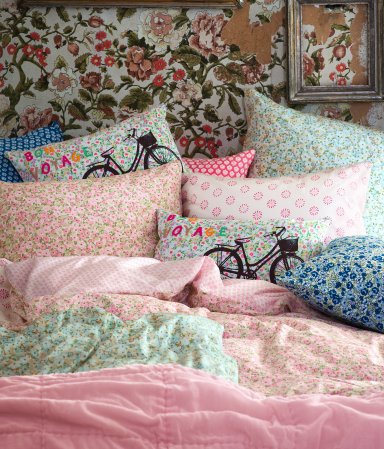I struggle with sleep. It’s elusive stuff. It’s largely related to my auto-immune disease (although sometimes I wonder what comes first…). I’ve written about my insomnia here, and I’ve shared a bunch of sleep solutions you all sent in here. But at some point I had to look at my bed.

I’ve been sleeping on a coil spring ensemble for 11 years. I’ve previously been told they ain’t great for you, especially for AI folk – they’re essentially EMF conductors. But I’m vocally and stridently against chucking stuff out just because a product no longer suits my principles or whatever. Thus, for many years it’s been a dilemma – replace or stay and burn?
But this is where I have arrived: my old bed is 11 years old and it’s generally advised you should replace a coil spring mattress after ten. Plus, I need a guest bed (my coil-y one will move into my spare room). All of which- now that I’ve weighed up the various factors – has given me a green light to get myself a new bed.
Please note: In this My Simple Home series I implore you to weigh up your own predicament at every turn as I have above. Please don’t chuck stuff out other than as a carefully considered last option.
I have researched my options for several months now and the Big Fat Conclusion I’ve arrived at is that…
a latex mattress with a wooden slatted base is best.
Me, personally, I’ve chosen the Bio Latex mattress from The Comfort Shop, and I’ll explain why.
And just so you know, this is a sponsored post, but opinions are all my own and I researched the topic and approached The Comfort Shop myself. You’ll find my position on sponsored posts and advertising here.
So why latex?
It’s 100% natural. Latex – despite the scientific-y name – comes from latex vessels under the bark of the rubber tree. Which means…
It’s best for your health. Latex is hypoallergenic so it’s great for allergy sufferers or for people who suffer from hay fever, asthma and respiratory problems.
Oh, and it’s also anti-microbial. Rubber trees have a protective anti-microbial “milk” to protect it from damage. The milk forms a protective layer to